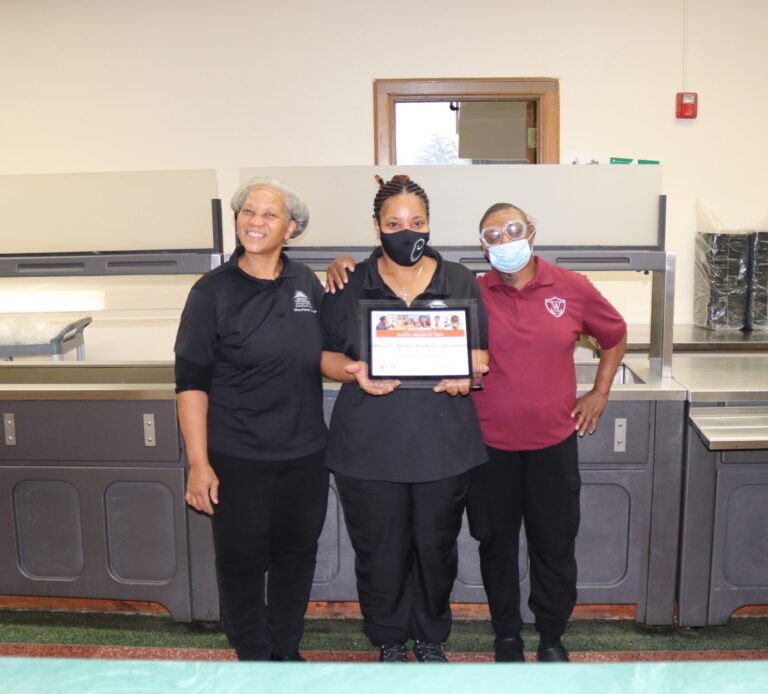No Kid Hungry Michigan is excited to present the second entry in a new blog series highlighting the 2022 No Kid Hungry Michigan School Breakfast Heroes. Join us to learn more about how these Heroes throughout Michigan’s school kitchens and cafeterias increased breakfast participation within their schools and districts, and see what steps you can take to increase breakfast participation in your school. For the complete list of 2022 No Kid Hungry Michigan School Breakfast Heroes, please visit our page here.
Grab and Go Breakfast a Proven Success in Detroit
If one were to visit Marvin L. Winans Elementary – currently partnered with Detroit Public Schools Community Districts Office of School Nutrition to manage its breakfast and lunch program – they would notice that every single student eats breakfast in the morning. In fact, Marvin L. Winans Elementary went from serving 110 breakfast meals a day in 2019 to an amazing 244 breakfast meals a day in 2022. While the school is enrolled in the Community Eligibility Provision (CEP), which allows all students to eat meals at no charge to them, not all students historically ate breakfast each morning due to a few challenges.
According to an interview led by No Kid Hungry Michigan’s senior program manager Mindy Grant with Carl Williams, Detroit Public School Community District Executive Director of School Nutrition, and Area Manager Ronald Lyons, students would often need a parent to pick up a meal at the cafeteria, and then bring it home to the student; if in-person, the parent would then bring it to the student’s “portable”, or mobile, classroom. “[Breakfast] enrollment was kind of low,” admitted Williams.
Realizing this, Williams, Lyons, and the cafeteria staff took time to develop and realign on their Grab and Go model. They decided to make use of portable breakfast carts, and set up three main distribution lines at the doors of the main building. “Every kid in the building grabs a [Grab and Go] bag,” explained Williams. The cafeteria staff hours were also increased by an additional half hour in order to bring all cafeteria staff members in at the same time in the morning. This allowed the cafeteria team to successfully cover the Grab and Go stations, and students would then bring their meals directly to their portables.
This simple switch ultimately led to a huge uptick in support and participation from the teachers and students. As with other examples of successful breakfast models, faculty support is a huge factor in the success of increasing breakfast participation. ”If the cafeteria staff isn’t there to do the Grab and Go model [as normal], the teachers, administration, and students are upset. This is a system that works,” Lyons explained.
Lyons noted that the program’s core success is only made possible by the strong team cooking and organizing in the school’s kitchen. Both Lyons and Williams noted that the nutrition staff are leaders in the kitchen and for the breakfast program as a whole. “The team is there every morning, on time. They get everything prepared a day ahead of time, know the [meal] count, and always prepare ten extra meals, just in case. have been on point, and I’m really proud of them now,” expressed Lyons.
While Williams and Lyons explained that they are looking to continually improve their meal program – such as establishing a regular hot lunch in the cafeteria in the near future – they are truly a step ahead, with the whole building in a great rhythm each and every morning.


